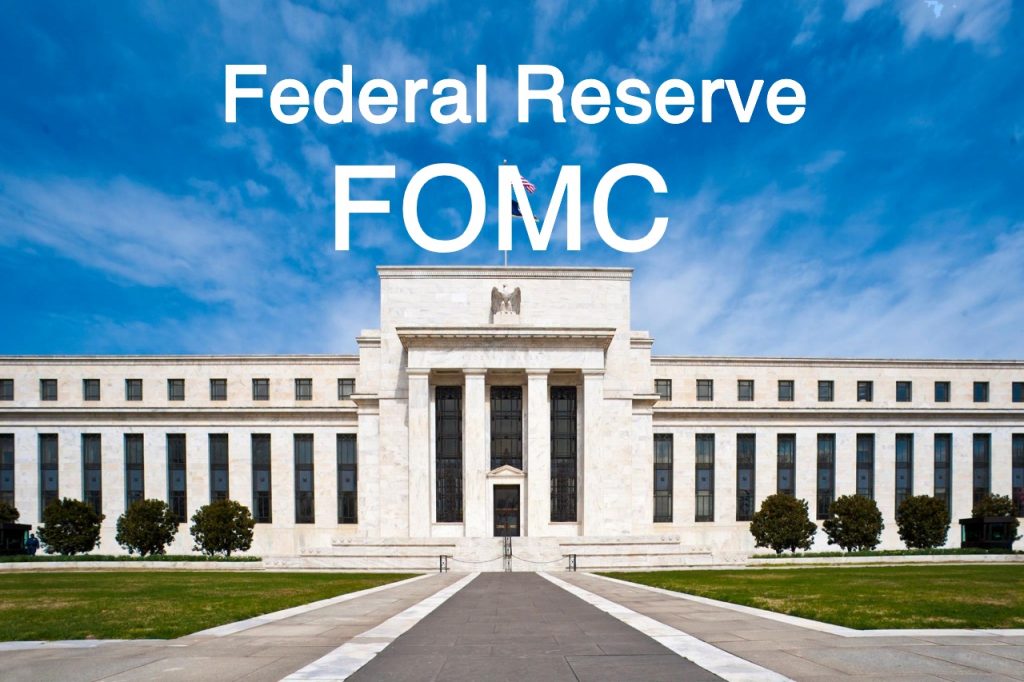Because of the impeachment hearings, little if any attention has been or is likely to be paid this week to the first FOMC meeting of 2020, on Tuesday and Wednesday. Chair Powell will give his customary press conference, but attention will likely be focused elsewhere, and for good reason. In our view, the FOMC will not make any policy changes, consistent with the rate assumptions in the December dot plots. The main reason is that the FOMC will not have access to several key data elements that might change its decision process; and instead, the data it does have are consistent with what the FOMC saw in December: moderate growth, a strong labor market, and inflation below target.
The broadest reading on activity across the country that will be available to the Committee this week comes from the FOMC’s Beige Book. Comparing the pre-December 2019 Beige Book with the current one, we see little change. Seven districts reported modest to moderate growth, which typically has meant growth in the 1.8% to 2.2% range. At the same time, the New York, Chicago, St. Louis, and Kansas City Districts reported slight improvements in growth. Only Philadelphia reported a slight decline in growth, while Dallas noted an increase from “moderate” to “solid.” All of these data are consistent with growth in the 1.8% to 2.0% range, which matches the current Atlanta Fed’s GDP Now forecast of 1.8%. (The measure was consistently above 2% from last December 6 through Jan. 11 but fell on Jan. 17 in response to a report of slowed housing and a decrease in the Federal Reserve’s Industrial Production Index).
Let us take a bit of a deeper look at what additional information the FOMC will have going into the meeting, which includes information on real economic activity, the job market, and inflation. The easiest segment to consider is prices. The most recent information on the FOMC’s preferred price index – headline PCE – is for November, when price growth was 1.47% y/y. (Core PCE was at 0.61%.) The December measure will not be available until January 31, which is after the January FOMC meeting. So, the FOMC will be looking at a benign inflation environment, but with numbers below its target of 2%. While this poses a credibility problem for the FOMC, inflation has been below target for many years now, so it is hard to make the case that something has changed to cause the FOMC to cut rates on this account in order to stimulate more inflation.
Perhaps the most telling information about how strong the economy is concerns the job market. On almost any measure the job market is strong. To be sure, the December CES jobs number of 145K was off from the 256K number for November, but the monthly numbers tend to be quite variable.[1] At the same time, the unemployment rate is at 3.5%, which is a 50-year low; and new unemployment claims have been declining, from 252K for the week of December 7 to 211K for the week of January 18. Finally, job openings as reported in the JOLTS series have continued to decline and now are at 6.8 million, and this figure still exceeds the number of unemployed workers. In short, the job market is strong and shows little sign of wage pressure, which suggests that there is no evidence that the market is overheating or should be a cause for concern.
Information on economic activity is more fragmented than that on employment or inflation. GDP data, for example, is available only with a significant lag; and the FOMC will not even have a first preliminary reading on Q4 2019 output until January 31, two days after the FOMC’s meeting. Four categories of data on real economic activity focus on the consumer, housing, trade, and manufacturing sectors. Each is sending a slightly different message.
The strongest segment is consumers, whose actions account for 67% – 70% of GDP. Retail sales in December were up 0.3% compared with 0.2% for November; but ex-autos, sales.
Robert Eisenbeis, Ph.D.
Vice Chairman & Chief Monetary Economist
Email | Bio
____________________________________________________________
[1] Data on employment for January will not be available until February 7, after the FOMC’s meeting.
Links to other websites or electronic media controlled or offered by Third-Parties (non-affiliates of Cumberland Advisors) are provided only as a reference and courtesy to our users. Cumberland Advisors has no control over such websites, does not recommend or endorse any opinions, ideas, products, information, or content of such sites, and makes no warranties as to the accuracy, completeness, reliability or suitability of their content. Cumberland Advisors hereby disclaims liability for any information, materials, products or services posted or offered at any of the Third-Party websites. The Third-Party may have a privacy and/or security policy different from that of Cumberland Advisors. Therefore, please refer to the specific privacy and security policies of the Third-Party when accessing their websites.
Sign up for our FREE Cumberland Market Commentaries
Cumberland Advisors Market Commentaries offer insights and analysis on upcoming, important economic issues that potentially impact global financial markets. Our team shares their thinking on global economic developments, market news and other factors that often influence investment opportunities and strategies.


